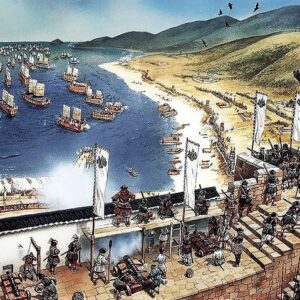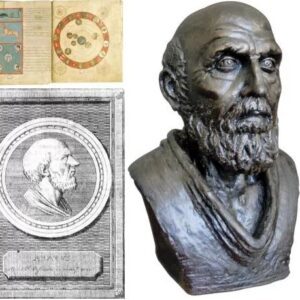The late Neolithic skeletal remains found by archaeologists in Shandong, eastern China, are more appropriately described as belonging to men of greater than average height. They are being referred to as “giants” for the sake of headlines and hyperbole, but in reality, some of them are even taller than the modern standards and noticeably exceed the current average height for an adult man in Shandong.

Bone measurements taken from graves in Shandong province indicate that at least one man reached a height of 1.9 meters [6’3″], while quite a few others were 1.8 meters [5’11”] or taller
Fang Hui, the head of Shandong University’s school of history and culture, stated that “This is just based on the bone structure. If he was a living person, his height would certainly exceed 1.9 meters.” The average height for an adult man in Shandong in 2015 was 5’9″, which is one inch taller than the national average. Shandong residents have long prided themselves on being taller than their compatriots. The philosopher Confucius, who was born in what is now Qufu in southwestern Shandong, was reputedly 6’3″.

The Longshan culture, also known as the Black pottery culture, was a Neolithic culture that inhabited the middle and lower Yellow River valley in China from around 3000 to 1900 B.C. They are renowned for their exceptional pottery crafts, particularly the glossy black pottery that gave the culture its alternative name. The remains of an extensive Longshan settlement, including 104 houses, 205 graves, and 20 sacrificial pits, have been unearthed in the village of Jiaojia near Jinan city, Shandong province. The settlement dates back to around 5,000 years ago, a period when the Jinan city area is thought to have been the most important political and economic center of what is now northern Shandong. The excavations have revealed that the Longshan people lived in nicely appointed row houses, with separate bedrooms and kitchens, indicating a high standard of living not reserved only for the elite.

Some of the pottery discovered in the graves of the tall men was not just black but in a prismatic array of brilliant saturated color. Only a small number of the 205 graves that were discovered were as richly adorned with goods. Six of those graves, which also contained the remains of the tallest men in the burial ground, were the largest in size. Archaeologists believe that these were men of high rank and therefore had access to the best diet, hence their impressive heights. There is also evidence of deliberate damage done to the skulls, leg bones, pottery, and jade objects in these six tombs. They were likely inflicted shortly after burial and may be the result of conflict between high-status factions, political one-upmanship in the form of grave desecration.
By this time, agriculture was well-established in the Longshan towns. They grew millet as their primary crop and raised animals, mainly pigs, for food. Bones and teeth from domesticated pigs were found in some of the burials. With steady, varied sources of nutrition, safe, comfortable dwellings, and wide access to regional trade, people of the Longshan culture from this period experienced the kind of growth spurt seen in many different eras across the world when children no longer have to deal with the deprivations that their parents suffered.
So far, archaeologists have only scratched the surface of this exceptional site, and excavations are ongoing.

The expansion of the Jiaojia site to 1 square kilometer from the initial 240,000 square meters indicates that there may be much more to discover and learn about the Longshan culture. With only 2,000 square meters excavated so far, there is still a vast area that has not been explored. The deputy head of Shandong Provincial Bureau of Cultural Heritage, Zhou Xiaobo, emphasized the importance of further study and excavation of the site to deepen our understanding of the origins of culture in East China. As more information is uncovered, we may gain new insights into the ancient civilization that once thrived in the Yellow River valley.





